
Citrus trees – whether it be lemon, lime, mandarin, grapefruit or any of the other fantastic citrus varieties – are wonderful additions to gardens and homes alike.
Their delicious-smelling flowers add a touch of the tropics to any space, while the evergreen leaves and luminous fruits keep everything bright.
But citrus trees are not just good-looking.
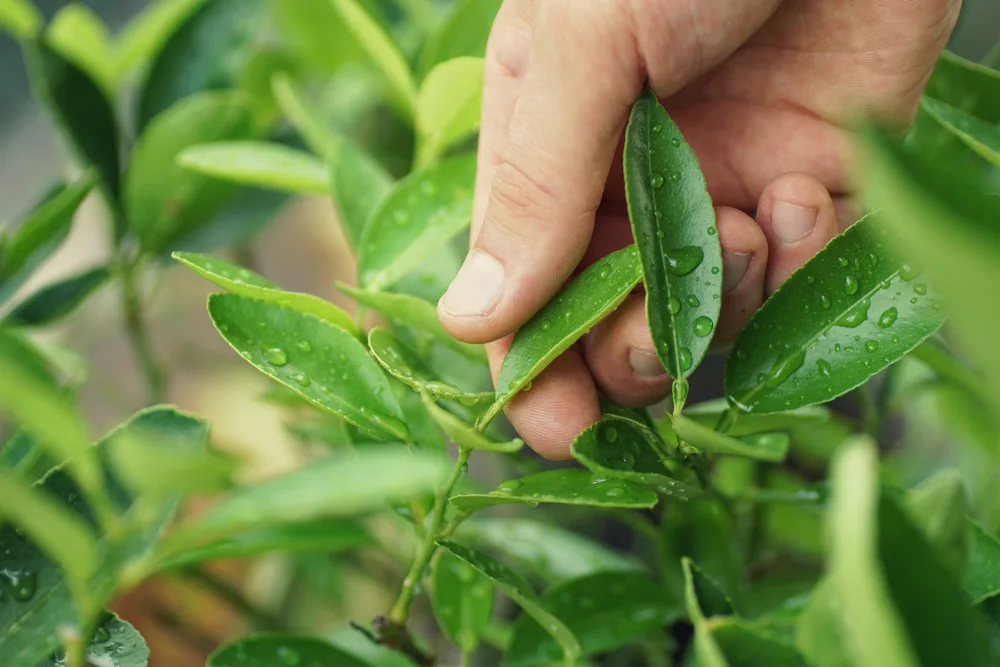
Obviously, we all love them for their fruits, but their fragrant leaves can be incredibly useful too.
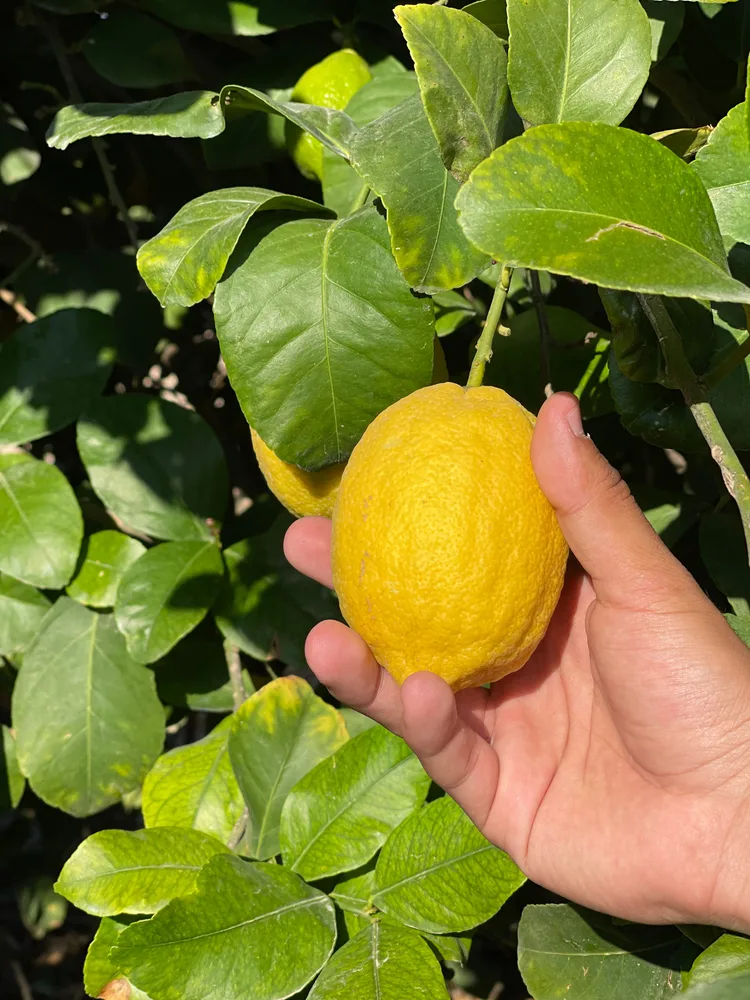
Around the home, in your kitchen, and in your medicine cabinet, you’ll find plenty of unusual ways to use citrus leaves you’ve never considered before.
Around The Home…
1. Leafy Decor
Smaller citrus trees have become increasingly popular as indoor plants. Simply brushing past them or gently crushing a few leaves gives off soft citrus scents too. But, you don’t have to grow these trees indoors to reap the many benefits of their leaves.
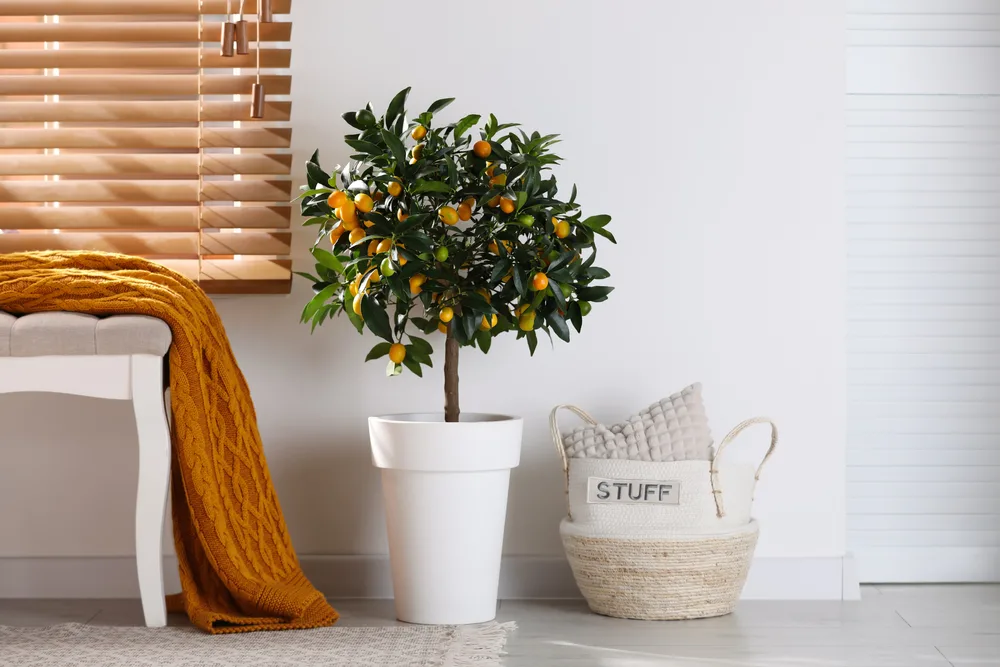
Citrus leaves are simple, yet unique. Their size makes them a great addition to a table centerpiece. Add some Mediterranean influence by loosely scattering some leaves around your dinner table. You’ll have soft citrus scents wafting through your party throughout the evening.
Citrus leaves go beyond the dining room though. Wrap them around balustrades or make a unique wreath to add some fresh style and scent to your home. Incorporate a few extra lemons and fruits for added tropical extravagance.
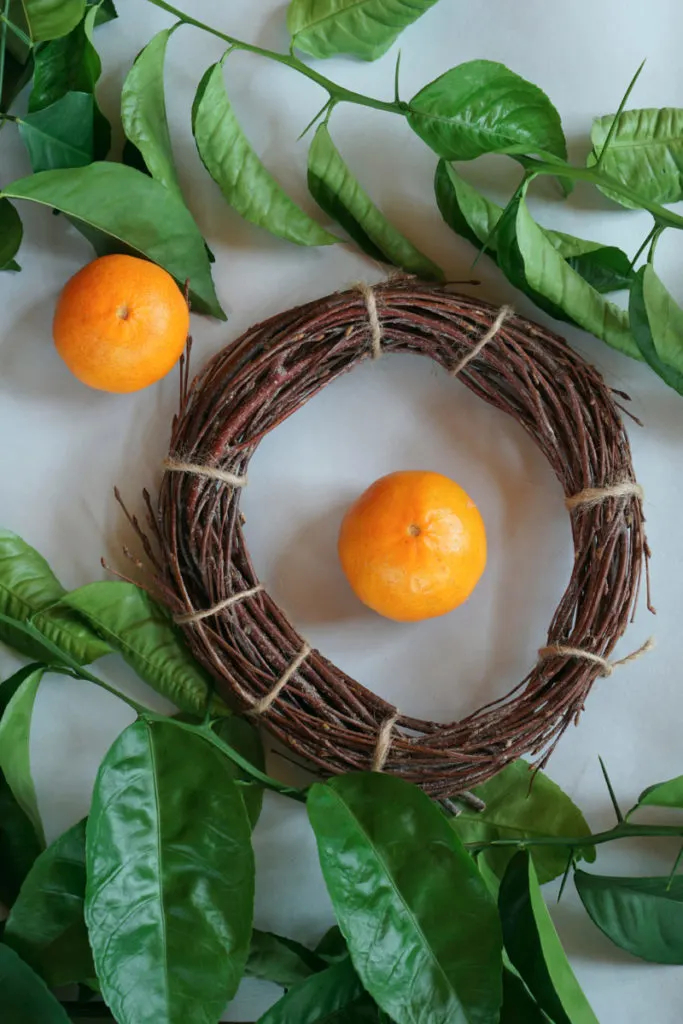
Citrus leaves, and lemon leaves in particular, are popular additions to bouquets too. The deep green of the leaves makes any flowers pop, and the mixed scents or floral and citrus are bound to brighten up any space.
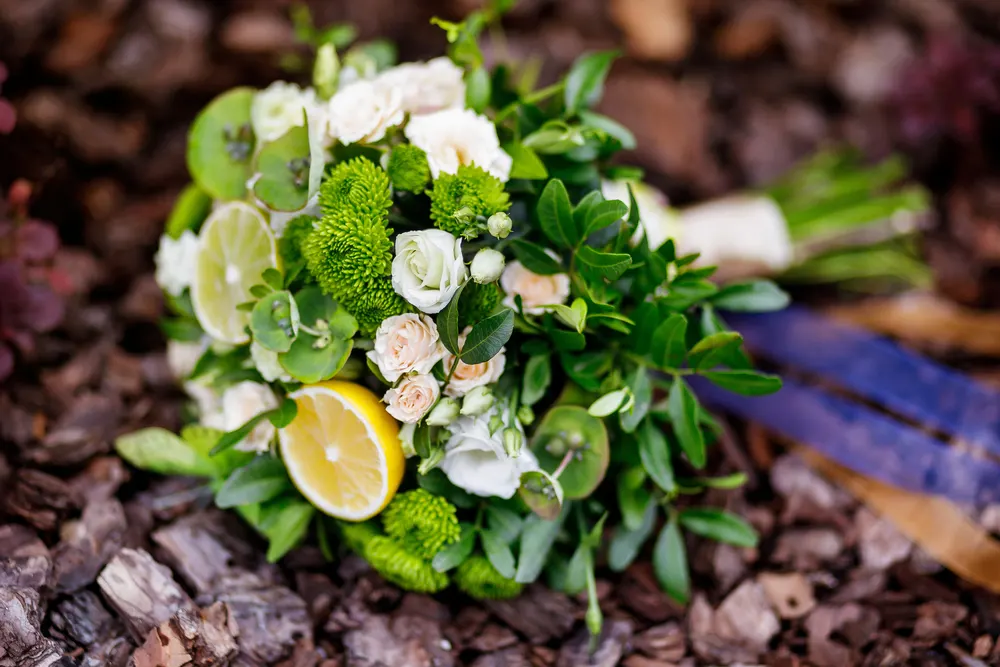
2. Citrus Potpourri
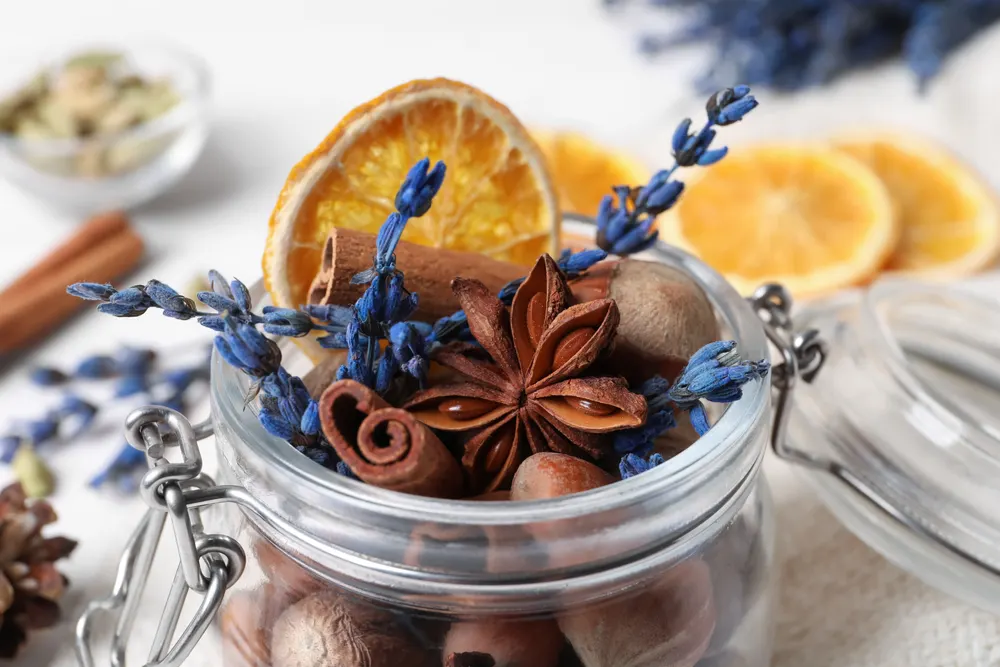
Citrus leaf bouquets or table pieces smell fantastic. But the scent they give off is sometimes more subtle than we’d like. For a home encompassing citrus aroma, make your own citrus potpourri.
Potpourris are great alternatives to scented candles, air fresheners, and perfumed sprays. Depending on how you decide to display your potpourri, it could double as home décor.
This is an easy craft to do yourself and it’s relatively inexpensive. Almost anything can go into a homemade potpourri, including citrus leaves, which make a fantastic base for a citrus potpourri.
You’ll simply need the citrus leaves of your choice, a few flower heads or petals, some sprigs of rosemary, and a handful of complementary and dryable scented extras. For example, cinnamon sticks go well with oranges. Lavender and lemon make a great pair too. You could also add some essential oil for good measure, along with sliced citrus fruits or peeled skins.
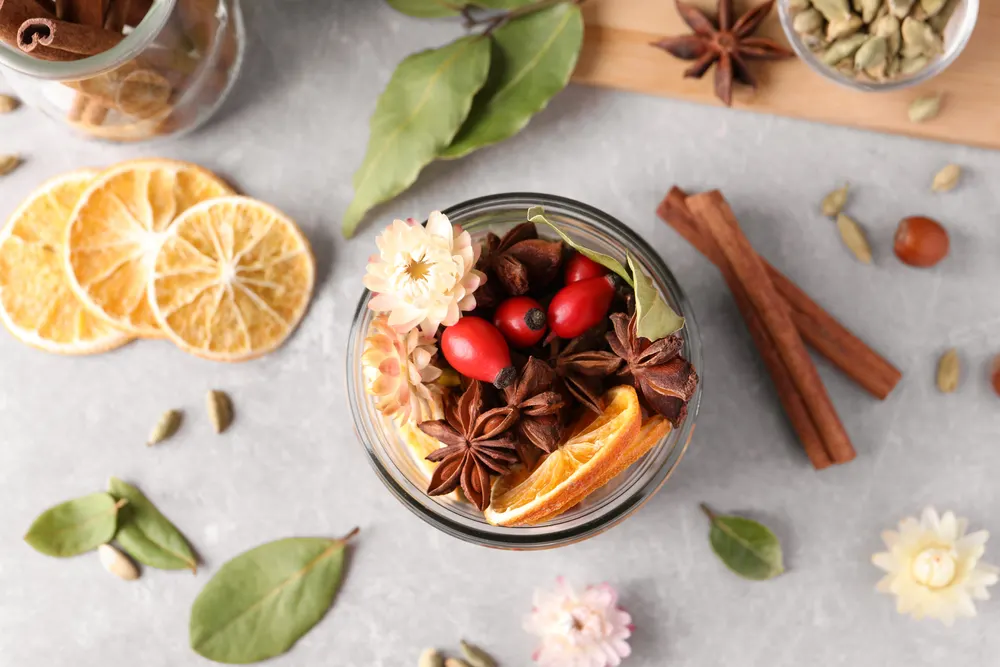
Next, lay all your ingredients onto a baking tray and preheat your oven to 200F. Add a dash of citrus essential oil for an extra boost of fragrance.
Bake until your flowers are brittle, but not burnt. This should take no less than two hours. Remove from the oven and let your dried ingredients cool to about room temperature. When you’re ready, fill a pretty bowl with your fresh-smelling ingredients and let it do the work. Sprinkle some essential oil over the bowl every so often to liven up the scents.
Potpourris make great gifts too. Throw your dried citrus leaves and other ingredients in a small breathable, closable bag. These little sachet potpourris can be hung in clothes closets for a long-lasting citrusy scent.
In The Medicine Cabinet…
If you are using citrus leaves for the below projects, it’s important to make sure the leaves have not been treated with pesticides or insecticides. In this instance, it’s best to source leaves from your own trees or trees you know have not been treated.
3. Lemon Leaf Tea
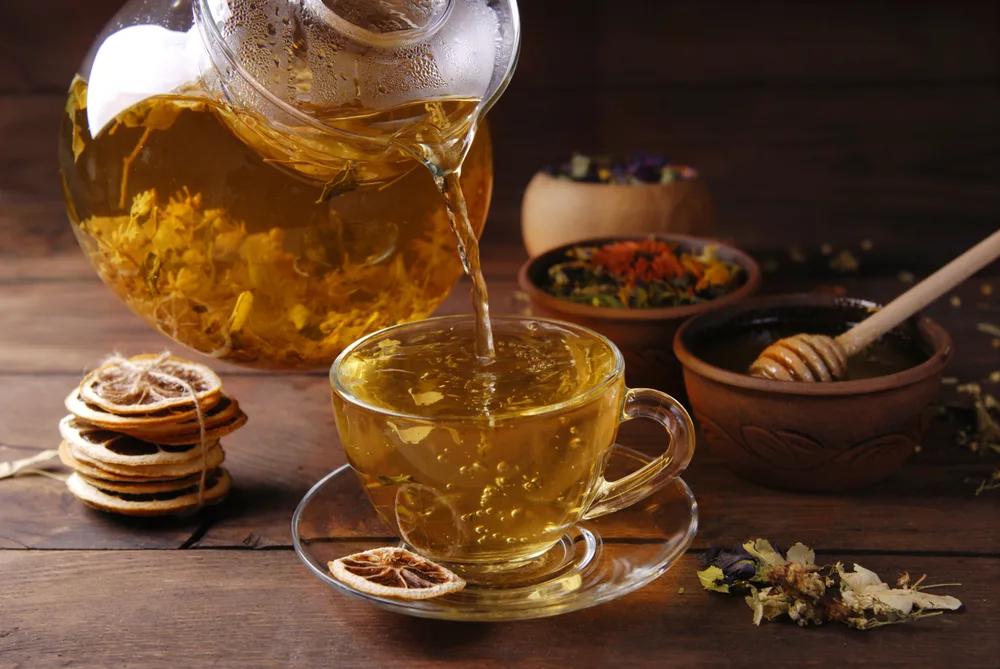
As we know, citrus fruits are packed with vitamins that help boost the immune system. Citrus leaves are no different. You’ll find that they’re rich in vitamin C and flavonoids. The latter helps strengthen blood vessels.
Citrus leaves also have wonderful anti-inflammatory properties, making them an excellent base for herbal teas. If you’ve got a sore throat or cramps, a yummy warm cup of lemon leaf tea should help ease the pain.
You’ll need…
- 2 cups of water
- 10 lemon leaves (washed)
Boil the water in a saucepan or pot. Once the water starts boiling, add the lemon leaves. Reduce the heat and simmer. Allow for the leaves to infuse the water for five minutes.
Next, strain using a fine colander or sieve and enjoy.
For some added sweetness and anti-bacterial properties, mix in a teaspoon of honey.
You can also make a delicious hot toddy using your lemon leaf tea. Stir in about two ounces of spirits. Dark rum, brandy, and whiskey are the go-to choices. Add some honey to taste and top it off with a cinnamon stick and citrus slices if you like.
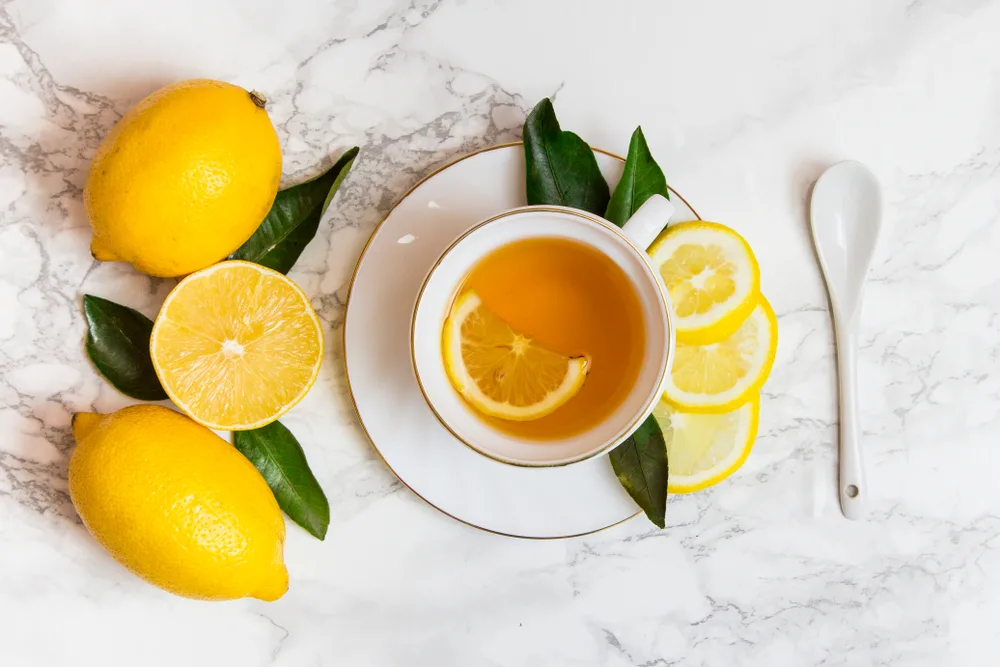
In the Kitchen …
4. Lemon Leaf Soda
Another cool twist to the lemon leaf tea is lemon leaf soda. It’s a great thirst quencher with some added health benefits. You can have this interesting, Spanish-inspired soda as a stand-alone drink, but it makes a great tonic water replacement for cocktails too.
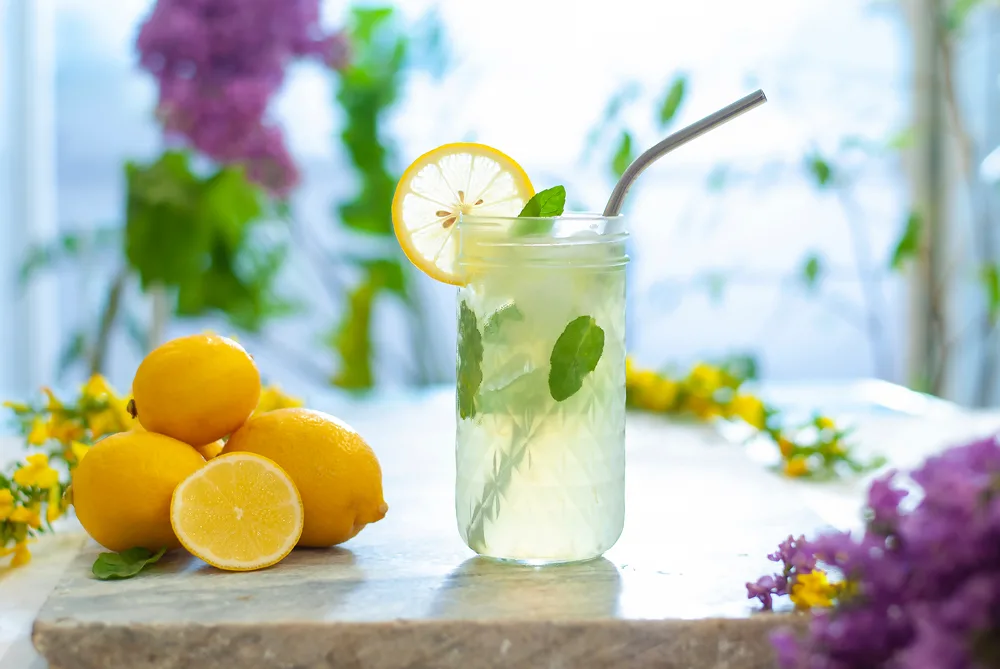
It’s an easy recipe to follow. You’ll need…
- A bowl of lemon leaves (washed)
- A gallon of water
- The juice of one lemon
- Approximately one cup honey or sugar
- The contents of one probiotic capsule/one teaspoon of probiotic powder
First, bring your gallon of water to a boil, and add all the lemon leaves. Cover and steep for eight hours or overnight.
Next, strain the lemon-infused water and add your sugar or honey, lemon juice, and probiotic powder. Bear in mind that the end product might not be as sweet as you imagined. The sugars are used to make the drink as fizzy as we need it to be, so if you like sweet drinks, you might want to add more than one cup of your sugary ingredient.
Simply pour everything into sealable glass containers, seal, and place into your cupboard where it can’t be disturbed. And now we wait.
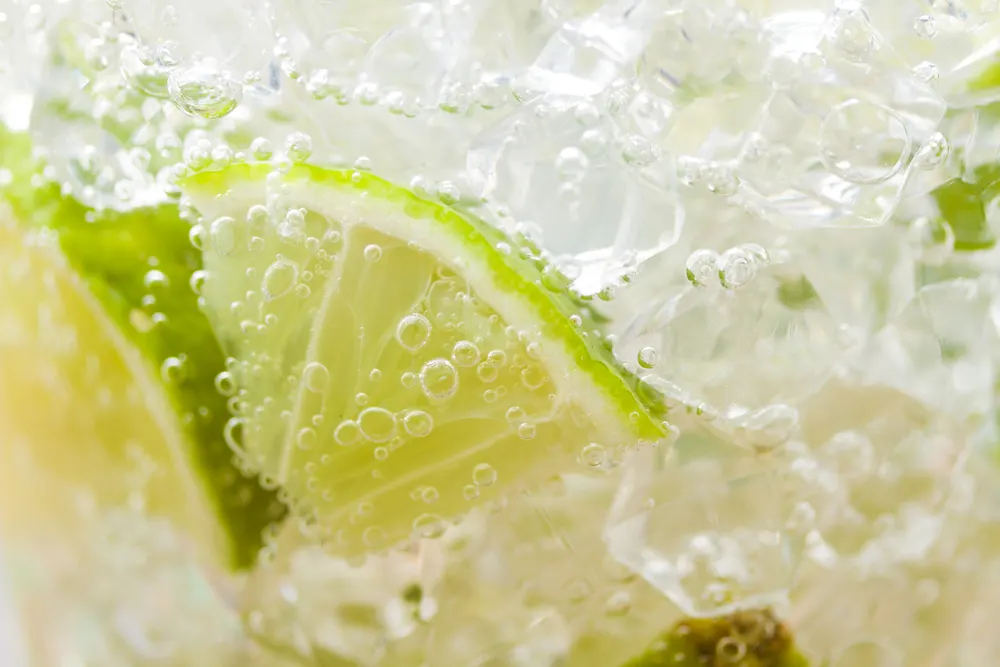
It can take up to a month for your lemon soda to ferment, depending on heat and a handful of other conditions.
Once it’s ready, you can pop into the fridge and have delicious lemon leaf soda on hand for months on end.
5. Meat Wrap
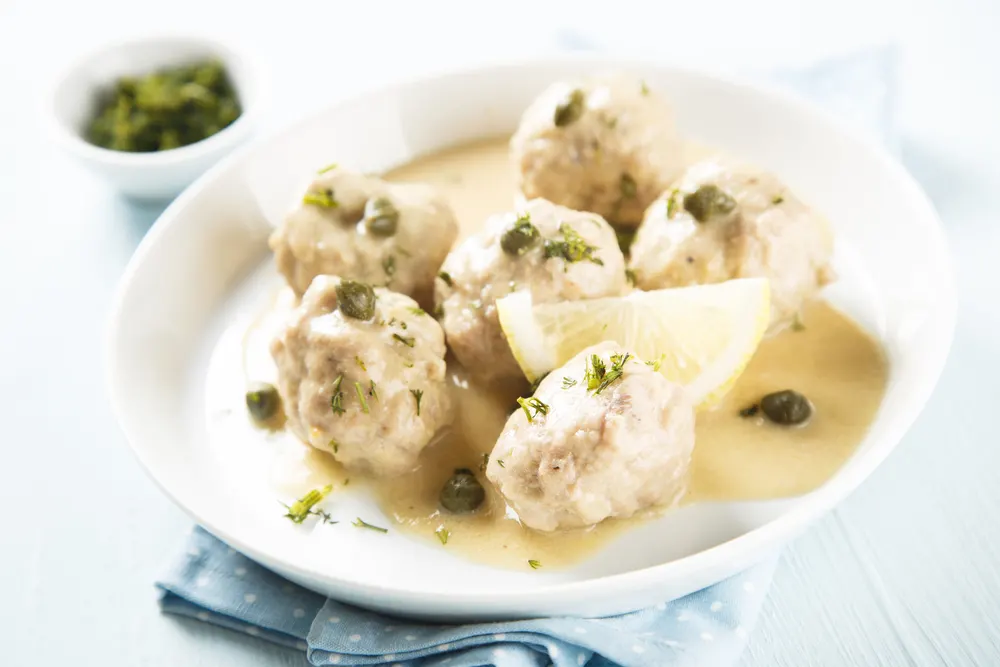
Citrus leaves are great additions to meals too. Their unique tartness adds bursts of flavor to whatever dish you make with them.
Italians love to wrap meats with citrus leaves to aid in infusing the meat with tangy, citrusy flavors. This recipe from Living Life in A Colour is a true Italian dish that bursts with summery flavor.
This is a simple dish needing homemade meatballs, some citrus leaves, and of course your favorite seasoning.
Individually wrap your meatballs with a citrus leaf, securing with a toothpick. Place meatball wraps on a baking tray and in a 390F oven and bake for about 15 minutes. Serve immediately as a unique appetizer.
6. Mozzarella and Citrus Leaves
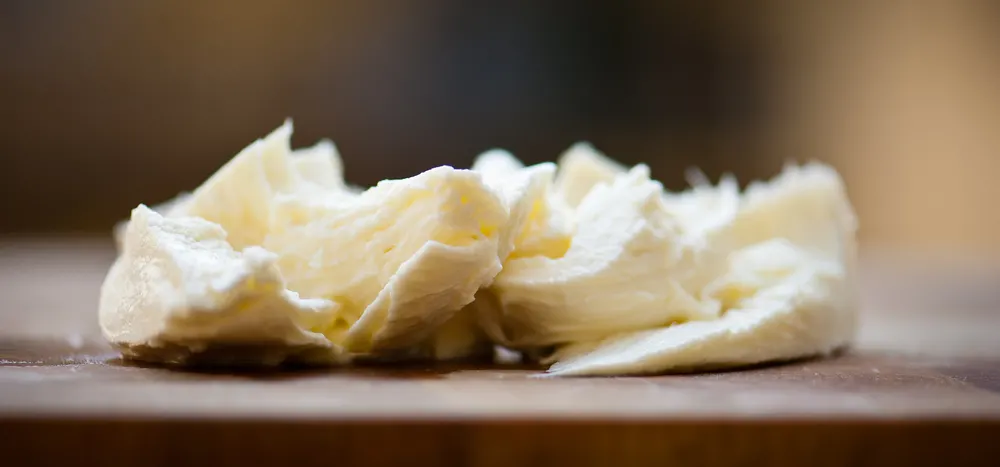
There is another interesting Italian appetizer that uses citrus leaves as a wrap. This time though, we’re wrapping smooth mozzarella and grilling the pair.
This unique dish is home to Positano, a small village on the southern coast of Italy, and is best known for its pebbled beaches and one-of-a-kind lemons.
For this straightforward recipe, you’ll need…
- About 9 ounces of fresh mozzarella – why not try making your own mozzarella?
- 8 fresh lemon leaves (washed)
Make sure your mozzarella is cold and firm by refrigerating it overnight.
Cut the mozzarella into pieces about the same size as your lemon leaves, making sure they’re about an inch thick. Wrap the cheese with the lemon leaves, and heat a frying pan.
When the pan is piping hot, gently place your mozzarella leaf sandwiches on the pan to fry for about a minute. Wait until the leaf blisters before flipping onto the other side. Once that begins to blister, carefully remove these cheese packets. Place them on a baking sheet and pop them in the oven for about three minutes to melt the mozzarella properly.
The recipe from Elizabeth Minchilli suggests scraping the lemon-infused mozzarella off the leaves with some crispy bread.
7. Citrus Up Your Curries
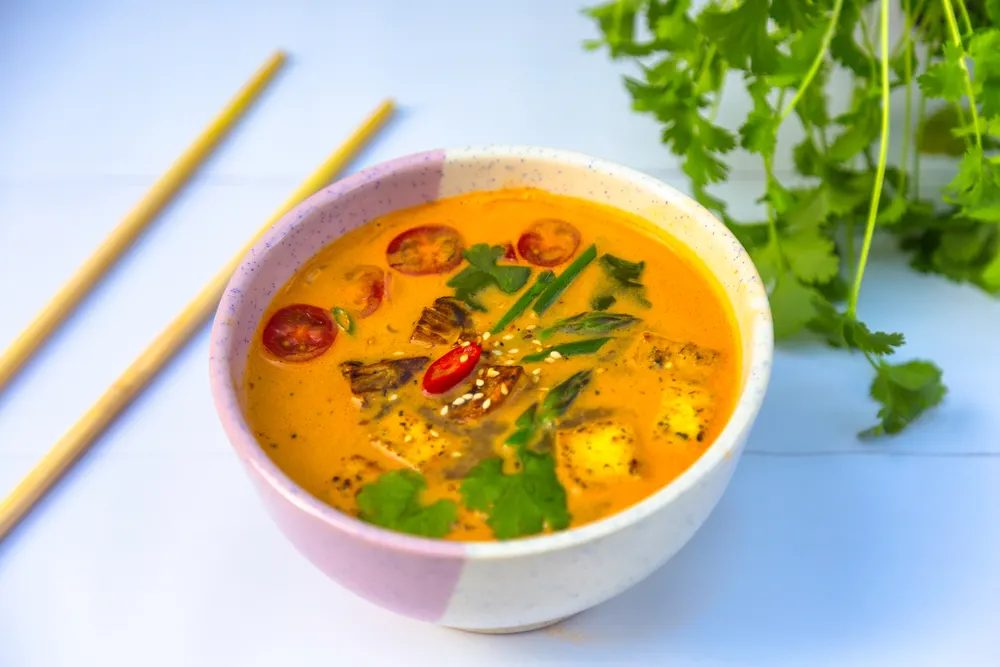
Citrus leaves aren’t only great as meat and cheese wraps, they make wonderful additions to curries too.
Lime leaves in particular are used in a variety of Thai curry recipes.
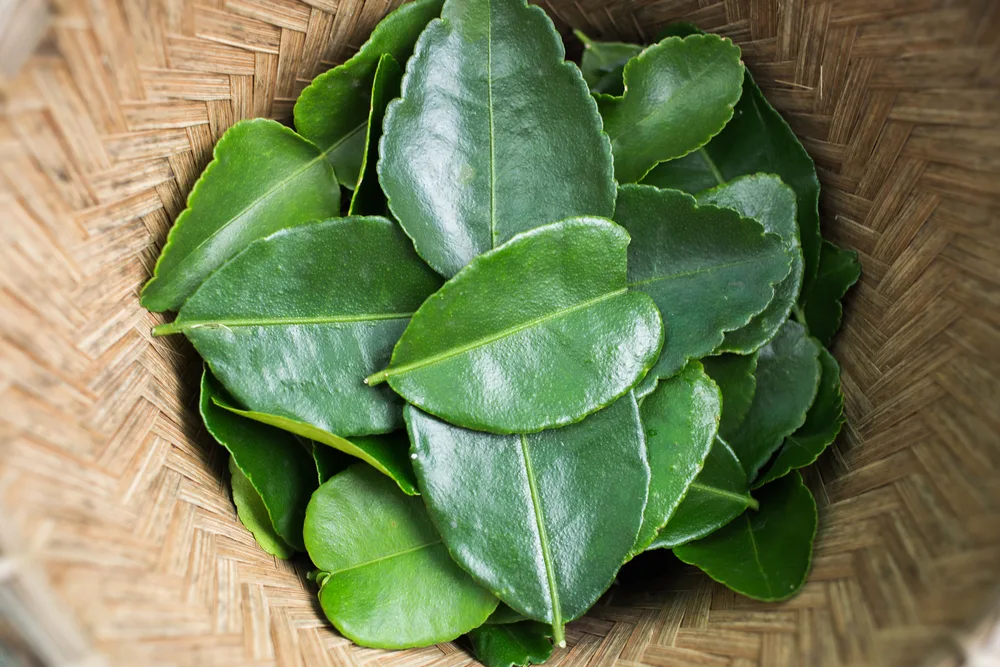
Some recipes call for lime leaves and lemongrass. But, you can substitute lemongrass with lemon leaves in almost all dishes.
This particular dish from KindEarth calls for lime leaves, butternut squash, spinach, and a few more curries fillers. This Thai chili-free curry is a fusion of delicious warm flavors that doubles as a winter stew.
Citrus trees are the plants that just keep on giving. All parts of the plant are useful, from the tasty fruits to the shiny leaves. Whether they’re used in unique décor pieces, in meals, or for medicinal teas, there doesn’t seem to be a thing citrus leaves can’t do.

Get the famous Rural Sprout newsletter delivered to your inbox.
Including Sunday musings from our editor, Tracey, as well as “What’s Up Wednesday” our roundup of what’s in season and new article updates and alerts.

